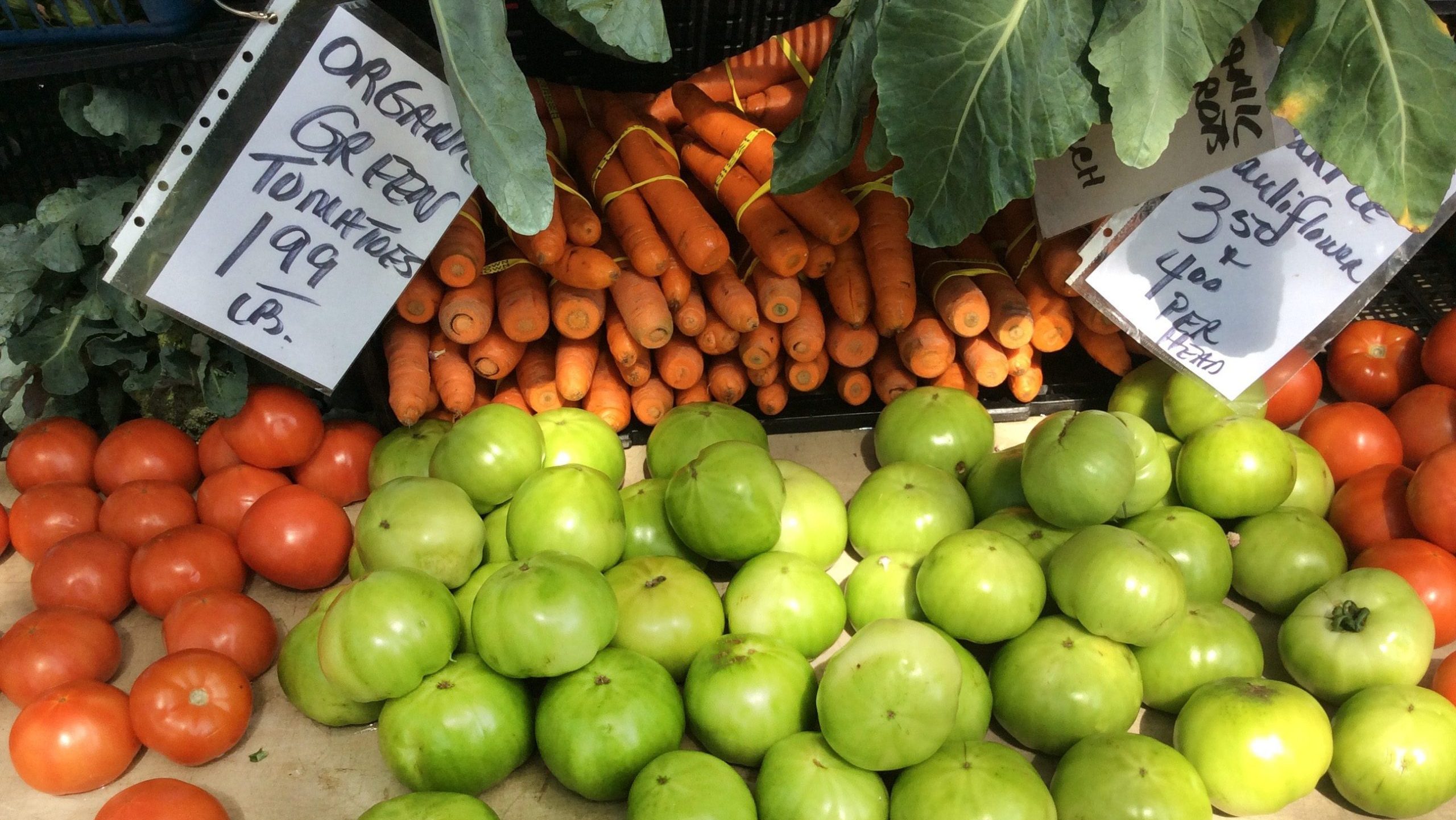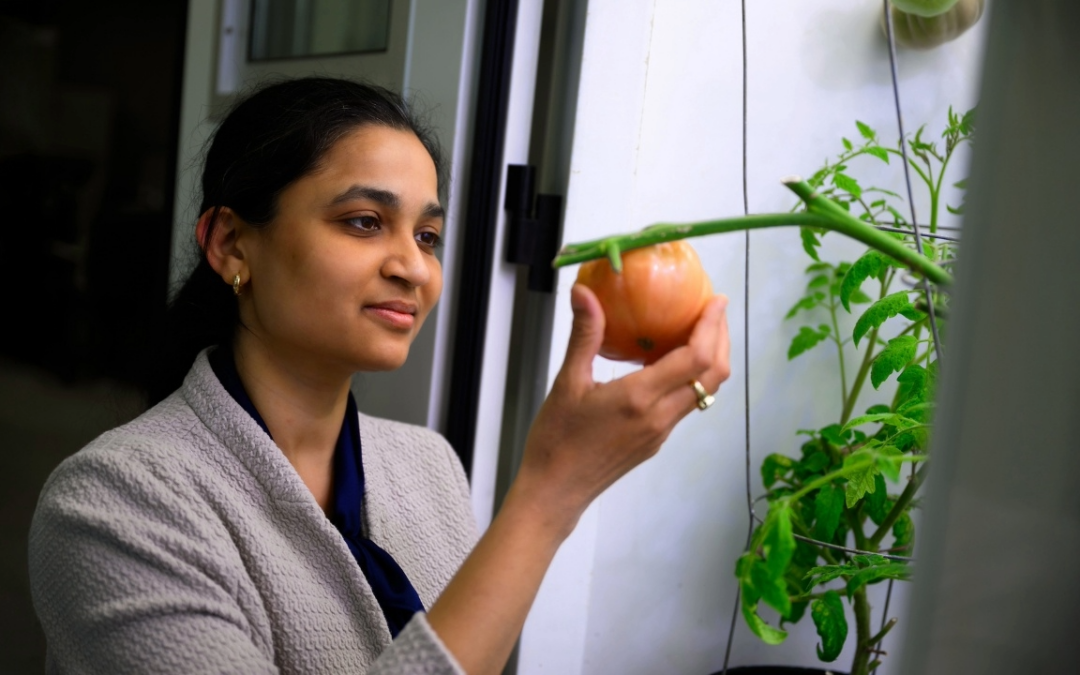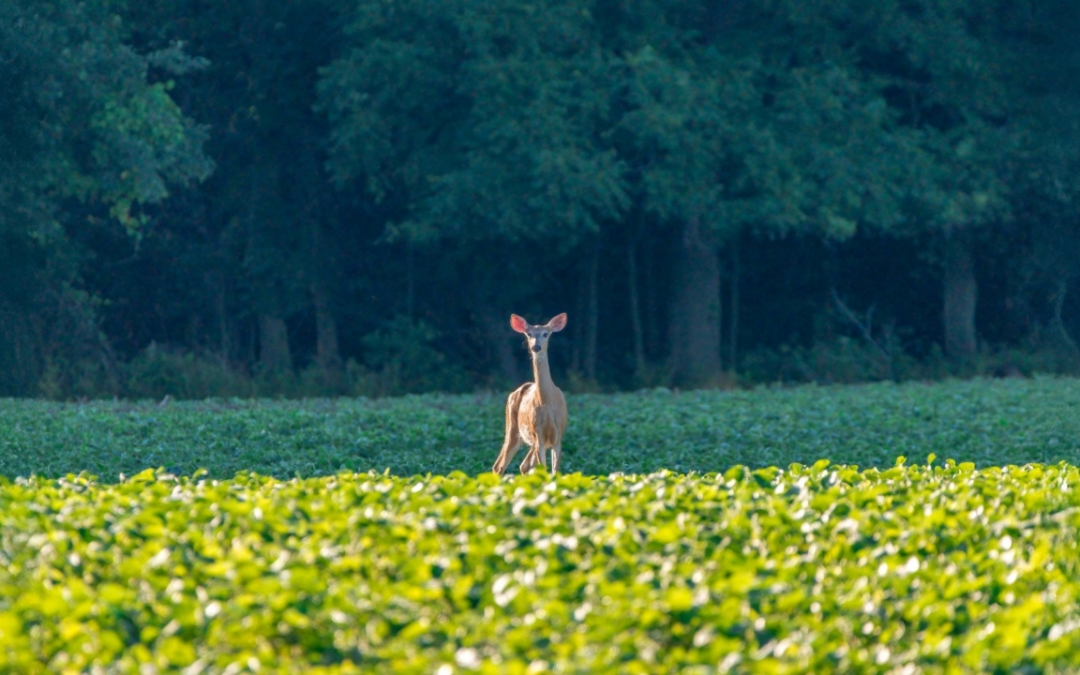A recent study conducted by agricultural economists through the Alabama Agricultural Experiment Station examined consumers’ willingness to pay a premium for organic produce. In recent years, interest in organic produce has grown significantly; however, many individuals still view it as inaccessible locally or too costly.
Wendiam Sawadgo, assistant professor and Alabama Cooperative Extension economist explained that cost remains the most significant deterrent to selecting organic produce.
“The higher price tag is one factor that limits households from buying organic produce. Some households may perceive organic as being healthier or higher quality, but they may have to trade off how much they can afford to purchase,” Sawadgo said.
What Makes Produce Organic?
According to the U.S. Department of Agriculture National Organic Program, organic agricultural products must be vetted through USDA-certified inspections or accredited certifying agents and meet all the program requirements.
USDA-certified organic produce must meet the following regulations:
- Land must have no prohibitive substances for three years before harvest
- Pest, disease and weed management must be conducted through conventional control like physical or biological methods
- Restricted use of synthetic pesticides, herbicides and fertilizers
- Soil and crop fertility controlled by tillage, cover crops and crop rotation
- Organic seeds and planting stock must be used when available
- Irradiation, genetic engineering or modification and sewage sludge are restricted
Farmers in the program must maintain precise records to show proof of approved organic production methods. To obtain the USDA certified organic label materials must have 95 percent organic contents. Additionally, growers must ensure their organic produce is not comingled with nonorganic products during production or transport.
Understanding Public Perception
Over 2,000 participants were surveyed with diverse racial, educational and economic backgrounds and asked for their level of agreement on organic produce.
- 21% of respondents answered that they do not see a difference between organic and conventional produce
- 49% of respondents disagreed that they did not know about organic produce
- 11% of participants answered that they did not know where to find organic produce products
- 70% of respondents found organic produce to be expensive
“It is possible that the public would be more willing to purchase organic produce if they knew more about what ‘organic’ means,” Sawadgo said. “Only about half of the sample from our study indicated that they knew the meaning of ‘organic’ so more awareness could increase willingness to pay for organic products.”
In fact, consumer participants showed a willingness to pay approximately 10% more for organic produce, but is that enough to swap to organic production as a grower?
Grower’s Risk or Reward
This type of research conducted through the Alabama Experiment Station aims to provide growers with ways to increase profitability, which could be trying their hand at organic production. Alternatively, sticking to conventional production methods may be the better option for some growers financially.
“It is crucial for producers to know their clientele to understand how to best market their products,” Sawadgo said. “Our results suggest that there is a group of consumers who would pay more for organic products, so producers who cater to this group could be very successful in organic production and marketing their products as organic. However, producers who market to customers who do not care whether products are organic might lose money by using organic production practices.”
Additionally, the research proved that specific organic produce incurs a higher profit than others. For instance, tomatoes had the highest premium, while apples had the lowest.
Joel Cuffey, assistant professor of Agricultural Economics and Rural Sociology added that producers should assess cost benefits and losses before making any quick decisions to shift their production.
“Producers will have to weigh any additional cost of being an organic producer with the benefits of receiving higher prices. For some, it will make sense to use organic production and sell produce through channels that value organics,” Cuffey said. “For other producers, the additional premium may not make up the cost of organic production compared to conventional.”
One program that makes organic produce more accessible to low-income Alabama consumers is Double Up Food Bucks Alabama. This program is funded through the Hunger Solutions Institute, as well as state and federal funding initiatives. Double Up Food Bucks Alabama provides incentives to Supplemental Nutrition Assistance Program (SNAP) participants who purchase fresh fruits and vegetables at select farmers’ markets and grocery stores. Customers are encouraged to purchase fruits and vegetables at affordable prices to promote healthy eating.
In conclusion, select consumers are willing to pay a premium for specific organic produce products, even if they believe they are expensive. Produce farmers can apply this research to their operation sharpening their pricing and marketing strategies. With a more intentional marketing approach, they can expand their reach locally and beyond.
Faculty members Cuffey and Sawadgo, along with graduate research assistant Devashish Bhandari — all in agricultural economics and rural sociology — continue to analyze consumer trends. They provide education and outreach through Alabama Extension to not only producers but to Alabama consumers.
More Information
Click here for the peer reviewed article, which provides more data into the research survey results.





